Interview: Andy Burnham
Normalising physical activity and placing it at the heart of primary care. The UK’s former secretary of state for health, now Mayor of Manchester, UK has big ambitions for the city. He speaks to Kate Cracknell

Physical activity never seemed just to be an agenda point for you, but more a personal passion
It’s very kind of you to say that, because it is a passion. It’s been good to me all my life, not just keeping me physically well, but also the mental benefits of it.
I believe both are hugely under-played. My career brings with it a lot of stress – the same goes for many people – and being active helps you keep on top of things. It’s good for young people and their development too.
I’ve always had a simple belief that activity is good for people and also good for society.
Do we pay it enough attention?
No, we’ve under-played the value of physical activity as a society. We’ve got into a culture of thinking pills and medication are the answer, and they might be in some cases, but they surely have to come after you’ve put everything else in place in terms of the way you live – including being physically active.
But the Whitehall system doesn’t prioritise activity. For me, leaving that world and coming back to things here in Manchester – almost bottom-up through devolution – I’ve been able to try and put right everything that I saw was wrong in that old world.
What’s happening in Manchester?
We’re working to break down the silos between the different public services, getting them thinking differently about wellbeing and prevention.
That means physical activity in primary schools through the Daily Mile programme, and delivering it through primary care and social prescribing.
Our big target is to get three-quarters of people here physically active by 2025. We’re working to make it mainstream – part of everyone’s agenda – rather than it being an afterthought, which is often the way the physical activity agenda is seen by decision-makers in the Whitehall machine.
Tell us more about the Daily Mile
When I came to office, physical activity was one of the things I wanted to prioritise and the Daily Mile scheme was immediately available, because the team behind GM Moving [Greater Manchester’s blueprint for physical activity] had already done some work with it before I was elected.
So, we put it at the heart of things, to build the right culture from the beginning, and had a big push to see if we could get more schools to sign up.
And it seems to be working. We estimate we have 110,000 children attending 400 primary schools that have introduced the Daily Mile as part of the school day. The feedback is great.
There isn’t hard evidence from a study yet, but I’ve been out to schools, meeting with heads and teachers, and they talk about improved levels of attention and concentration in class, higher academic achievement, better friendship groups – kids mixing across their groups a bit more.
One teacher also told me the school had got better at after-school sport, because the general levels of fitness had risen: they’d started being more successful in some of the inter-school competitions.
So, it seems to be doing what we hoped it would do – delivering benefits across the board: health, educational benefits, sporting benefits, and also just general levels of happiness and wellbeing.
Are you aiming to build further on this initiative?
Some of the primary schools doing the Daily Mile have innovative mental health first aid going on alongside the Daily Mile – interesting stuff around looking after each other, talking about your feelings – it’s ground-breaking.
We’re now running another pilot called Mentally Healthy Schools. It’s for primary and secondary schools and is focused around a culture of mental health and wellbeing. It’s going to be working on counselling and providing independent support in schools – third sector organisations, based within schools that students can go to. But we can link this to the physical activity agenda as well: schools in the pilot are being encouraged to increase levels of physical activity, giving more opportunities to be active.
Should we focus more on the mental health benefits of activity?
These benefits are more immediate, aren’t they? When you come back from a run, you feel mentally better than when you went out. The physical benefits may be more gradual and incremental, but mental benefits are instant.
I recently did the Boston marathon, and because of my diary, I had to get into a regime of going out on early morning runs. But I felt so much better for doing it. I’d got into the bad habit of doing my runs late in the evenings in the past, but when I forced myself to get out at 6.00am, the feeling I then had during the day was great, I felt so much better at work. The challenge now is to try and carry on with the regime, now the marathon is over.
Also in this area of mental health, studies show that high levels of physical activity can delay the onset of dementia, or where there is early-stage dementia, can improve people’s quality of life and responsiveness.
With mental health being the 21st century health issue, as I believe it is, it follows that physical activity has to be the first primary care offer for good mental health.
You talk about making activity mainstream.
How will you do this in Manchester?
This follows on from the Daily Mile, because that initiative works for many reasons – one of them being that kids are in their ordinary clothes and shoes. It’s done in an informal way without any fuss.
The idea that you have to put on shorts and trainers to do physical activity is a barrier for some people. This is where Chris Boardman and the work he’s doing comes in.
The figures Chris quotes are that 250 million journeys of less than 1km are taken across the Greater Manchester area every year by car. That’s alarming, but it’s a product of the fact that the car has shaped town planning for decades. If you look at our streets, there’s a lot of pavement parking, but the pedestrian infrastructure is poor in comparison.
We have to make it easier for people to do more of these journeys of up to a mile by bike or on foot, so they build exercise into their day.
That’s what Chris Boardman’s work is about. If you put quality infrastructure in place at a community level, you lift levels of activity across the board. This won’t only be people putting their trainers on and going for a run, but also people walking to the shops or local amenities rather than getting in the car as they are now.
What will that quality infrastructure look like?
Chris is about to publish the updated Bee Network – a Greater Manchester-wide map of new, high-quality cycling and walking provision. We’ve backed Chris with a very big budget of £160m to make this happen.
The Bee Network is about creating a network of segregated, designated cycling facilities. The test Chris sets for the infrastructure is: Is it good enough for a competent 12-year-old? And importantly, would their parents be confident to let them use it without supervision?
Chris is also about to give his recommendations on a bike hire scheme for Greater Manchester, with an emphasis on electric bikes. The geography of Greater Manchester is such that, once you get to our outlying boroughs, it’s more up and down; electric bikes could give people that extra incentive to give it a try.
And then, in terms of walking, we have a flagship scheme on Oxford Road – the corridor that links the city centre and our universities. We’re working towards a ‘Streets for All’ principle, whereby you separate out space for pedestrians that’s distinct from that used by cyclists which in turn is distinct from road space for vehicles. We’re doing a lot of work to come up with urban planning designs that give each type of road user their own designated, safe space.
Stockport is the most advanced in this regard: we have a dedicated pedestrian and cycling bridge planned that goes over one of the main roads. There’s some really innovative thinking starting to take place when it comes to good design around public access and facilities.
We’ve also suggested a policy, through Transport for the North, that every transport-related project – be it road, rail or tram – should have cycling and walking provision built in.
One slight challenge is that, outside London, we don’t have powers to penalise pavement parking in the same way. And it’s unbelievable how big an issue this is in terms of the restriction it places on older and disabled people and young parents with pushchairs. It really limits people’s mobility because they just can’t get out and about. There’s a lot of thinking going on around these issues.
We’re also trying to knit these challenges into the broader regeneration agenda around town centres. We’re working to move the burden of development away from green space and back to town centres, recognising that they won’t be predominantly retail centres any more and that they need to be more residentially-focused, with more high-density properties. That’s where we’re going from a policy point of view, and Chris Boardman has then come in with a wide range of exciting ideas that can knit some of this together.
What are the other key areas of focus?
Our target is for three-quarters of the population to be active by 2025, and the biggest stimulus to get us toward this could be social prescribing [doctors prescribing exercise]. It could be the best vehicle to move the numbers.
We have devolution here with regard to the health service, so we potentially have more opportunity than anywhere else in the UK to make social prescribing part of the GP offer [ie, medical interventions offered by the UK government’s National Health Service (NHS)].
What I mean by this is, can we get to a point where exercise referral – linked to a full package of nutritional advice and counselling – is the default option as a starting point, rather than us turning immediately to medication?
I’d like to think the 21st century NHS would offer lifestyle support before it offers anti-depressants or medication. The Daily Mile is a great programme, but obviously it only touches a certain number of people.
If physical activity was placed at the heart of primary care, we’d be in a different league in terms of health.
Just an example of that might be building on the Parkrun principle. Could we encourage a parkwalk? Could we create a culture of collective physical activity in our different localities? If Parkrun is – let’s say, 9.00am on a Saturday morning – could we do a parkwalk at 12.00noon on a Tuesday for people who are over 60 or other target groups?
How can we build a culture of physical activity in our communities by creating achievable options, with doctors as the key referral point for people to get access to those opportunities?
How can we encourage doctors to act as a gateway to activity?
The big breakthrough, I think, would be if we could amend the QOF (Quality Outcomes Framework) within the GP contract – the agreement between government and doctors – to give doctors a direct incentive to increase activity referrals – not just here in Greater Manchester through devolution, but nationally. I’m very clear about the physical and mental health benefits of activity, and it’s frustrating that the National Health Service constantly wants a huge evidence base before it will do anything.
But I think the issue holding things back is not so much GPs’ belief in the power of physical activity – it’s more that there isn’t a consistent, good quality offer that they can easily refer to in every locality. We need to look at the supplier side, so every cluster of GPs has a recognised, good quality provider of exercise that they can easily refer people to.
I think we need NICE to give us some clear guidance on exercise referral schemes too: which provide the best results and how are they organised? What do the best exercise referral courses look like – what characteristics do they have? Then, when you’re commissioning at a local level, you know what good practice looks like.
At the moment, it’s ad hoc. You never get the same focus on exercise referral as you do on psychological therapies, for example. It isn’t seen as clinically critical.
Are you seeing any promising signs out there?
The Health Secretary has spoken about social prescribing, so I feel encouraged by that. There’s a growing focus on mental health too, particularly the mental health of young people. I also think the Clean Air Debate is an interesting one to watch, as that could give a real boost to levels of physical activity. And we’re seeing encouraging statements being made by Ministers around cycling: they’ve certainly picked up on what Chris Boardman has been doing for us here in Manchester.
So, there are interesting things happening, but it needs to turn into real, practical support. Cycling and walking are still the last things on the agenda and they shouldn’t be.
I do think, if everyone looks at all of the different issues, surely they have to ask themselves: ‘What’s the most cost-effective way of helping people?’ And it has to be a much more structured approach to physical activity offered within the NHS – it has to be. I live in hope that there will come a moment when the NHS wakes up to this in a very big way. It feels to me that the penny is nearly dropping, but it hasn’t quite dropped yet.
Does responsibility lie with government?
That’s such a good question, because the great thing about physical activity is that it avoids the Nanny State argument. OK, you’re saying people should be active, but once they’re on that path, they don’t need to be told what to do – they’re on their own journey.
I’ve always said you’ll make better choices around what you’re eating and drinking, and whether or not you’re smoking, if you’re physically active. You just feel more in control of things. I always used to ask the Department of Health why it would throw billions into smoking cessation but not physical activity. Because actually, if you put people on a smoking cessation course, their chances of completing it are much higher if they’re physically active before they start.
The Health Service still goes for those treatment options, but it should be piling the effort into physical activity. I personally believe that moving from inactivity to activity is an easier change to make than going from unhealthy to healthy eating, from excessive to moderate drinking, from heavy to light or no smoking.
The easiest change to make in your life is to become more active. It’s a catalytic change: you’ll probably then make better choices about eating, drinking, smoking and maybe other lifestyle-related things as well.
Is it really that easy to go from inactive to active?
I’m talking about things like the Daily Mile and the work Chris Boardman is doing. I’m saying: just make movement part of who you are and what you do on a day-to day-basis. And lo and behold, you will start to feel more in control, you’ll be more on top of stress.
There was a policy idea pitched to me when I got elected and I don’t think it’s had the attention it deserves. The idea was for an explicit policy across Greater Manchester that people are allowed to wear their trainers to work, including in meetings. I’m not sure we’ve got as far as formulating it as a policy, but there’s something in that isn’t there? About saying it’s fine to wear clothes at work that might make physical activity more doable. It’s about- sending out the message about dressing for physical activity every day. That’s also a part of the culture change that’s needed.
How can health clubs and leisure centres help?
I think they have a big part to play in this agenda, offering a structured introduction to exercise. If you’ve been inactive for years, gyms can provide a pathway back to activity using all the different facilities on offer – helping and guiding people and building their confidence.
Alongside this, how can gyms get in step with technology companies to create an offer that’s partly around the gym, but partly around what people are doing at home and outside of the gym, with great products that really work for people?
If we can get all that knitted together as a proven pathway to activity, gyms could then form a partnership with the NHS, creating that standardised approach to exercise referral I was talking about – something the NHS recognises as a good, proven way of doing it. It’s happening in patches, but it needs to be more structured. At the moment, we’re still working in silos. We’re not quite joining the dots, I don’t think.
There’s more that could be done to provide capacity too, to create better exercise referral options on the NHS. I’d like to see that happening across the country.



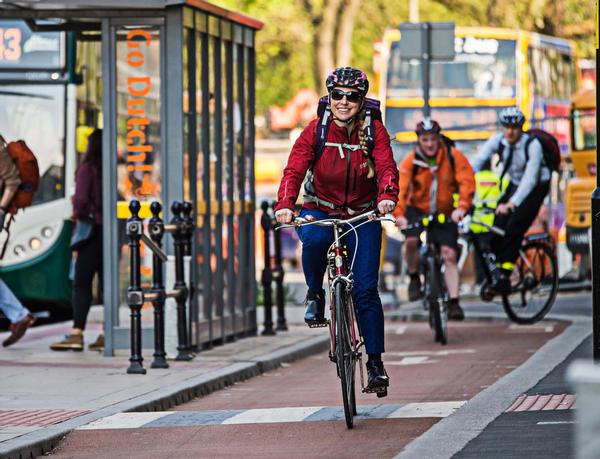



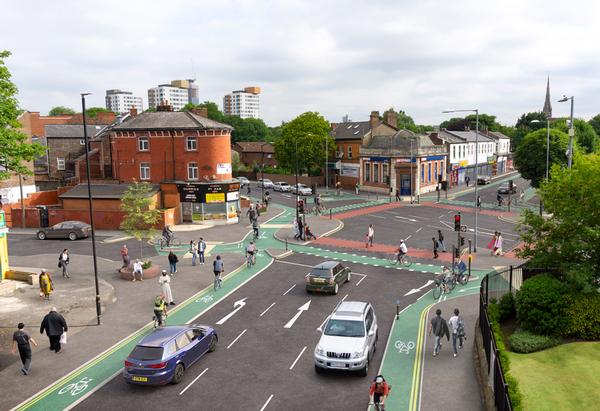

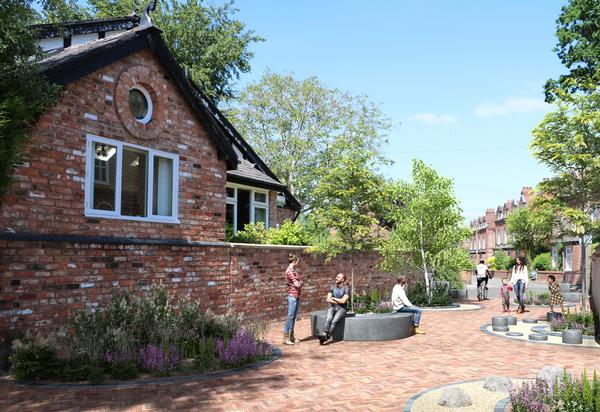



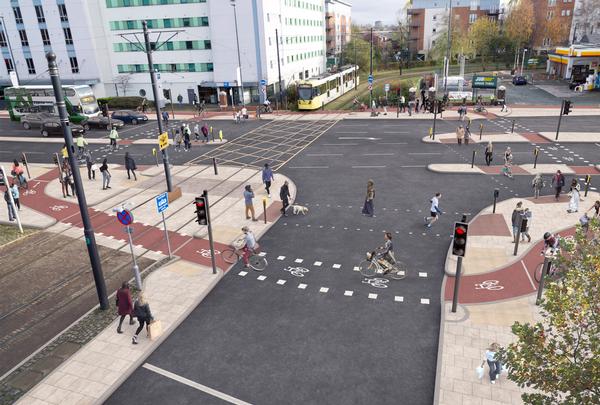
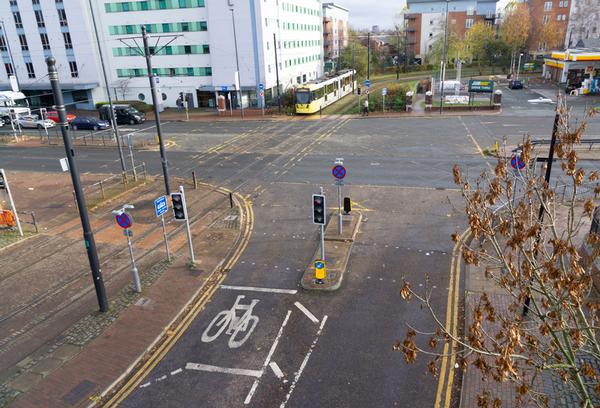
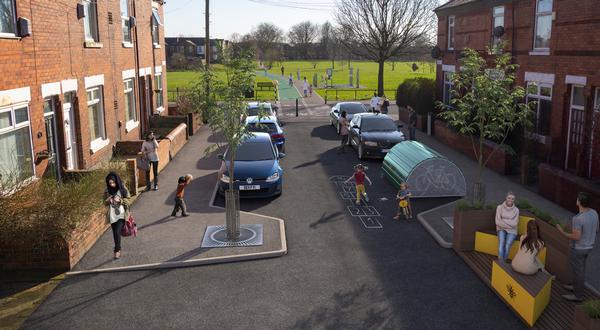
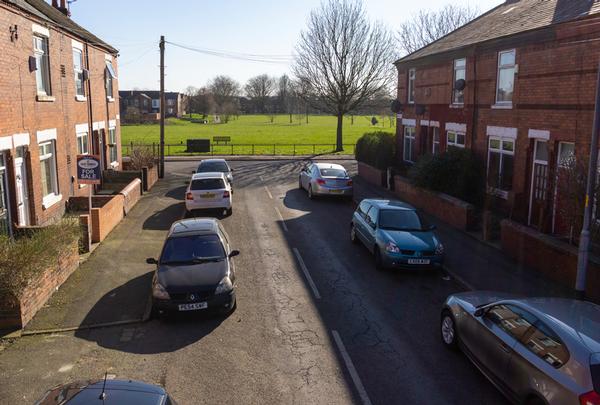
Centre Manager
Director of Operations
Fitness Motivator
Recreation Assistant/Lifeguard (NPLQ required)
Membership Manager
Recreation Assistant
Duty Manager (Dry)
Swim Teacher
Swim Teacher
Chief Executive Officer, Mount Batten Centre
Swim Teacher
Swimming Teacher
Swimming Teacher
Company profile
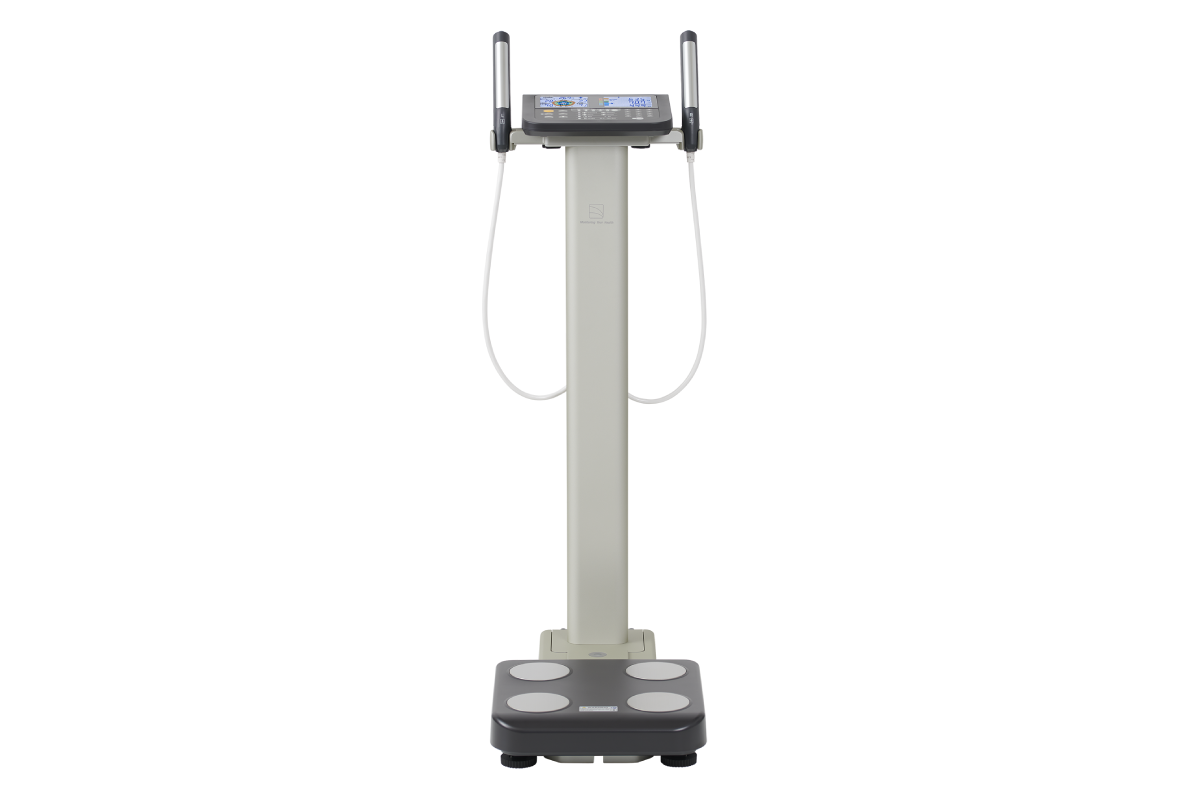
Featured Supplier

Property & Tenders
Company: Knight Frank
Company: Belvoir Castle
Company: AVISON YOUNG
Company: London Borough of Bexley
Company: Forestry England














